
- LEADER INDUSTRIAL MANUFACTURE CO., LTD
- Original SKF Rolling Bearings Standard Timken Plain Bearings From USA Standard Timken Roller Bearings
Home> Company News> The importance of lubricating oil film
- AddressTianqiao, Beiyuan District, Jinan,Shandong
- Factory AddressMinzhinan Building, Tianqiao, Beiyuan District, Jinan,Shandong
- Worktime9:00-18:00(Beijing time)
- Phone(Working Time)86-510-85321258
The importance of lubricating oil film
2018-10-29 17:51:551 thickness of the oil film
When it comes to lubrication, what do you think of? It should first produce a layer of film with a thickness to separate the base oil of the two metal surfaces, because the role of the lubricant is to avoid surface contact between the metals. Therefore, under this demand, the oil must be able to provide the ability to separate the friction surfaces, which requires three supporting factors - relative speed, base oil viscosity and load. These three factors are also affected by temperature, pollution, and other factors. When the oil film thickness balances these factors, that is, the two friction surfaces are completely separated by the relative velocity generating viscous fluid film, and the pressure generated by the fluid film balances the external load, which is called hydrodynamic lubrication.
In applications with rolling contact (negligible relative sliding motion), even with large local pressure points, the oil film thickness between the metal surfaces may be affected. In fact, these pressure points also play an important role. The pressure and viscosity relationship of the base oil allows the viscosity of the oil to temporarily increase due to higher pressures. This is called elastic hydrodynamic lubrication, and although the oil film is thin, it still produces a complete oil film separation.
In practice, the ideal state of the machine surface is to achieve complete separation, film thickness is to provide the best protection for friction and wear. But what happens if there are no conditions to meet these oil film thicknesses, such as when the relative flow rate is insufficient, the viscosity is insufficient, or the load is too large? In fact, most machine design and operating parameters allow for insufficient speed, such as when starting, stopping or directional movement changes. When the temperature is too high, the viscosity will decrease, and excessive contamination will also cause the abrasive grains in the oil film gap to contact.
When the prerequisites for hydrodynamic or elastic hydrodynamic lubrication are not met, the base oil will seek support under so-called boundary contact conditions, which require the search for additives with friction and wear control properties. As a result, the base oils and additives are blended together to produce a grease product that meets specific needs, thereby mitigating the desired boundary lubrication, which has oil film strength and boundary lubrication properties.
2 talk about the role of oil film
The strength of the oil film is an important factor in reducing friction and controlling wear in addition to the thickness of the oil film. As noted above, in fluid dynamics and elastic hydrodynamic lubrication, viscosity is the key to affecting oil film thickness. When the viscosity of the base oil is insufficient to overcome the friction between the metals, it is necessary to produce a chemical synergistic effect between the base oil and the additive to form a surface protection mechanism. Under these boundary conditions, boundary lubrication is also affected by the chemical and physical properties of the mechanical surface and any other environmental factors, so the oil film strength is improved even when the load is heavy, the temperature is high, or the relative surface speed is low. .
3 non-lubricated surface interaction
If you look at the mechanical contact surfaces at the molecular level under the microscope, you will find that even though they are processed very smoothly, they are actually relatively rough. This is like an astronaut from a distant space perspective, the earth is a perfectly smooth sphere, while those standing on the surface of the earth see the earth is filled with high and low mountains and valleys.
This is because when the two metal surfaces are in contact, the actual contact area will be significantly lower than the apparent contact area. From the "microscopic mountain" under the microscope, these contact surfaces are the highest point of the concave and convex, and the low rough surface contact rate is low. These rough surfaces are elastically deformed by the corresponding shear strength of the metal. Therefore, the initial contact point first produces elastic deformation, after which more contact points will be connected, and the actual contact area will increase as the load strength increases.
4 What is friction?
Friction is the process by which the interacting surface sliding motion is subject to several influencing parameters. Most people think that surface roughness is the main factor in friction. However, when considering that the actual contact area may be less than 1% of the apparent contact area, the actual roughness becomes less important. The cause of the friction should be the result of bonding at the molecular level of the rough contact.
5 How is wear generated?
In the case of insufficient thickness of the lubricating film on the metal surface, rough contact points may cause cold welding, which is a prerequisite for adhesive wear. Adhesion at these rough points undergoes a hardening and hardening process, and therefore, the shear point generally occurs at a level below the rough contact point where the metal is not strengthened. As a metal shear, the rough tip is either transferred to another surface or broken down into an abrasive grain.
Adhesion is generally considered to be the initial form of mechanical wear. Due to the wear of external sources in addition to the wear of the abrasive particles themselves, abrasive wear becomes more destructive, and this form of wear is referred to as three-body wear. The two-body wear is caused by sharp surface contact points caused by cutting or planing.
Surface fatigue occurs during rolling contact. The fatigue mechanism originates from the formation of cracks on the working surface or inside the surface layer, and the high stress under surface rolling conditions causes fatigue wear.
6 How to control friction and wear?
The friction and wear control additive is added to the base oil in a small amount to impart a polarity that promotes adsorption on the metal surface. Due to the conditions of the interaction, these adsorption forces react chemically with the surface in inverse proportion to the conditions for producing sufficient film thickness: higher pressure and higher temperature.
When the machine surface interacts with higher pressures and temperatures, the additive mitigates metal-to-metal contact (wear) by creating a more ductile initial molecular layer on the machine surface that directly reduces contact during contact. The shear strength becomes a "sacrificial". The initial layer can be relieved by the force release of the weak molecular bond of the lubricant and the rough boundary conditions between the metal and the metal to produce a strong bond. The formation of low shear strength films is also affected by the type of base stock and mechanical surface metallurgy.
There are three types of lubricant additives that help reduce friction and control wear, which are friction modifiers, anti-wear additives, and extreme pressure additives.
A) Friction modifier
Polar compounds such as fatty acids added to the base oil reduce friction at low sliding speeds by forming a soap film. They are commonly used for components that require fuel economy to reduce friction and stick slip at low speeds, such as in engines or transmissions. They have the effect of anti-wear additives, but are more effective than anti-wear agents at light loads and do not require high temperature conditions. However, when the metal surface reacts more strongly to fatty acids to form a metal soap, the decomposition temperature will be higher.
B) Antiwear additives
These polar compounds are typically based on sulfur or phosphorus, such as zinc dialkyl dithiophosphate (ZDDP) type additives, which have been developed to chemically react with metal surfaces only under boundary conditions. Anti-wear additives are more effective at higher temperatures, and they become more active and create a barrier film at high temperatures. ZDDP additives have been widely used for wear protection as well as antioxidants in oils.
C) Extreme pressure additive (antiwear additive)
When the surface temperature is too high, the effects of the friction modifier and even the anti-wear additive begin to weaken. Extreme pressure additives are also based on sulfur and phosphorus, which is the best choice under high temperature conditions. These additives form a low shear strength soapy film that reacts with the metal surface and can withstand relatively high temperatures. Although this reaction is beneficial to the formation of oil film, it may also lead to chemical corrosion of more reactive metals, so careful operation is required.
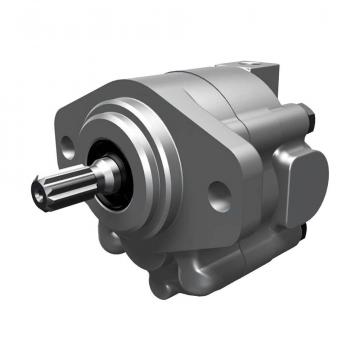 Large inventory, brand new and Original Hydraulic USA VICKERS Pump PVM057MR07GE02AAB28110000A0A
Large inventory, brand new and Original Hydraulic USA VICKERS Pump PVM057MR07GE02AAB28110000A0A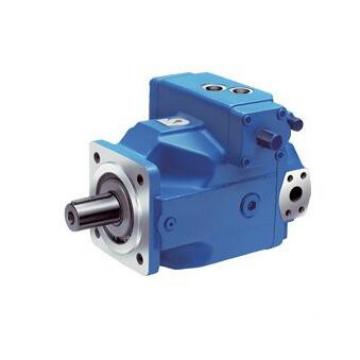 Large inventory, brand new and Original Hydraulic USA VICKERS Pump PVH131R02AF30B252000001001AA010A
Large inventory, brand new and Original Hydraulic USA VICKERS Pump PVH131R02AF30B252000001001AA010A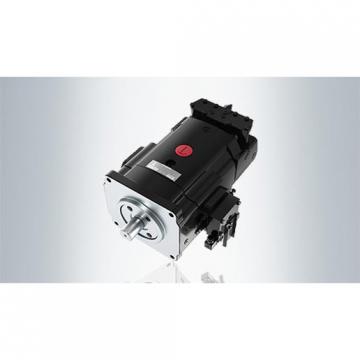 Large inventory, brand new and Original Hydraulic Parker Piston Pump 400481003321 PV270R1L1M3NYLC+PV270R1L
Large inventory, brand new and Original Hydraulic Parker Piston Pump 400481003321 PV270R1L1M3NYLC+PV270R1L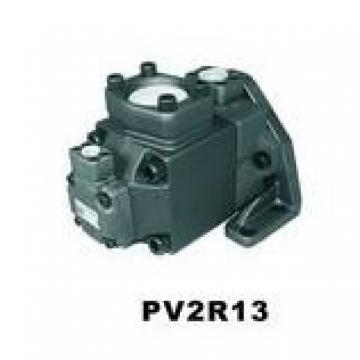 Large inventory, brand new and Original Hydraulic Parker Piston Pump 400481004200 PV270R9K1T1NUPZK0045+PVA
Large inventory, brand new and Original Hydraulic Parker Piston Pump 400481004200 PV270R9K1T1NUPZK0045+PVA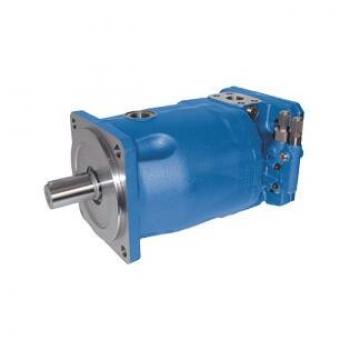 Large inventory, brand new and Original Hydraulic USA VICKERS Pump PVM063ER09ES02AAA21000000A0A
Large inventory, brand new and Original Hydraulic USA VICKERS Pump PVM063ER09ES02AAA21000000A0A
Original SKF Rolling Bearings Standard Timken Plain Bearings From USA Original famous brands Spherical Roller Bearings Original famous brands Aligning Ball Bearings Standad Hydraulic drawbench kit Timken Electrical Service parts NSK Ball Bearings Country of origin Japan High quality mechanical spare parts. All kinds of brand Bearings SKF,NSK,NTN,Timken NSK Single Row Deep Groove Ball Bearings All kinds of brand Roller bearings Timken,SKF,NTN